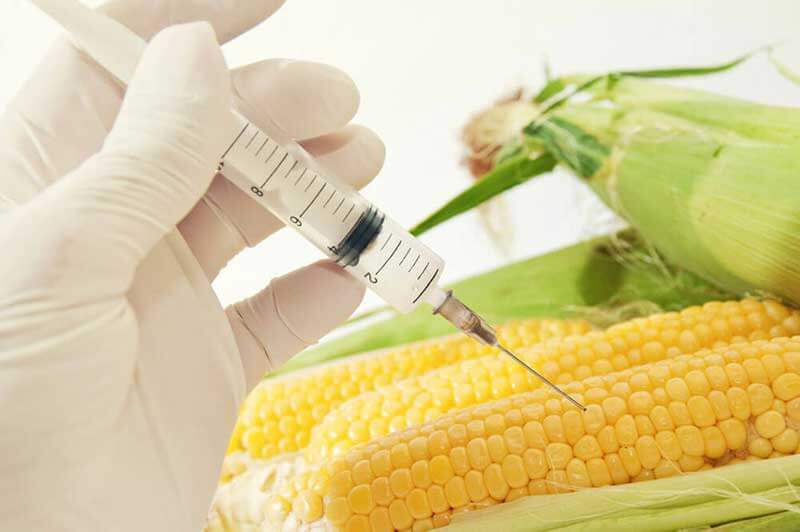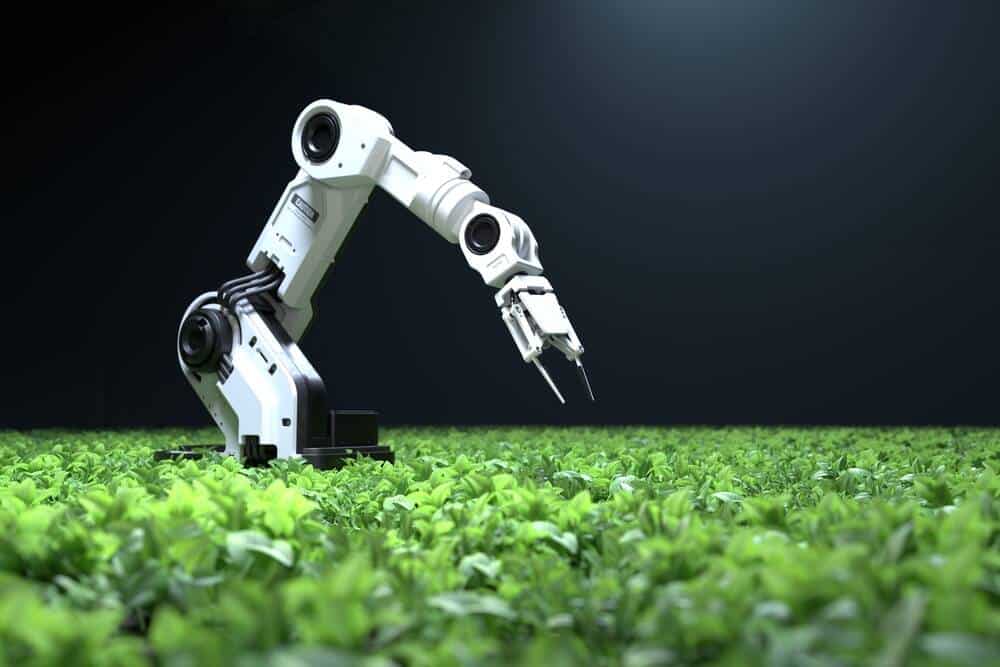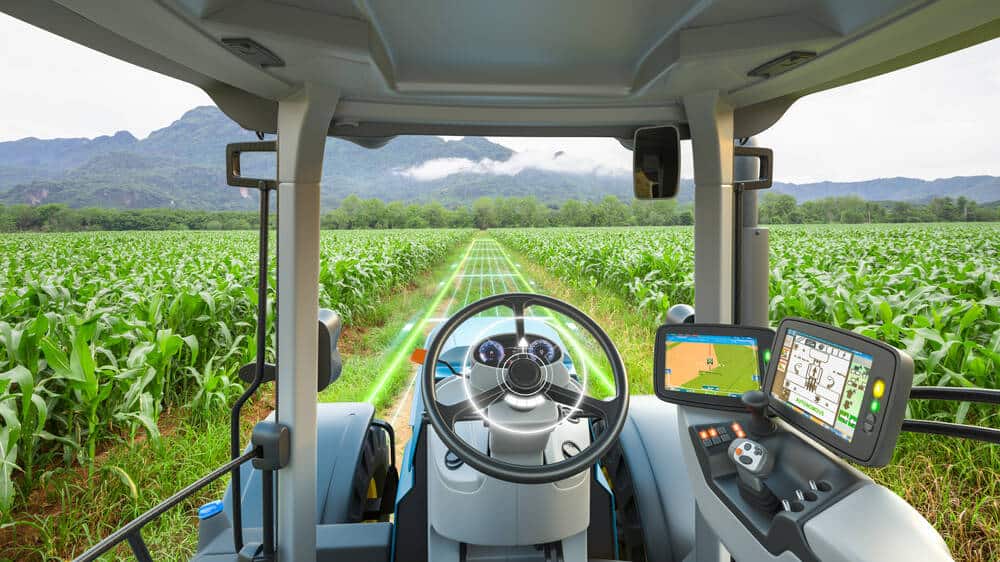- The early days of genetically modified foods
- Transferring genes from one organism to another
- The numerous benefits of genetically modified foods
- What about potential risks?
- The bottom line – are GMO foods safe or not?
Genetically modified foods are a hot and most controversial topic in today’s society, with many fierce advocates on both sides, and they all make some very good points. There have been numerous conflicting studies on the safety of genetically modified foods but the problem is deciding which ones are trustworthy, as many of them have been funded by the parties that have a stake in the outcome, which creates a conflict of interest and means that the research has been compromised. Going through all the available information and research on the subject is not an easy task and would take an incredible amount of time, so we will help you make an informed decision. The fact is, whether we are aware of it or not, and whether by choice or not, most of us eat genetically modified food on a regular basis. The Centre for Food Safety claims that around 90 percent of soy and corn grown in the United States today has been planted using genetically modified seeds.
The early days of genetically modified foods
The first genetically modifies foods appeared in the mid-90s, when a US company called Calgene produced a tomato that was resistant to degradation generally associated with a natural tomato. The product was sold without any additional labels and cost up to five times more than regular tomatoes, but it was relatively well received in the United States. However, when the product made its way to Europe, it was not met with the same enthusiasm, with one notable UK scientist being among its most vocal opponents. While researching safety procedures for genetically modified foods, he discovered that lab rats experienced a whole range of physical changes. He blamed the genetic modification process for these changes and went public with his concerns about the technology. His findings made European consumers quite anxious and even led many food companies to proclaim that they would never produce genetically modified foods. The European Union made the labelling of all genetically modified foods mandatory, and the same was done by Australia and China. Overall, countries like the United States and India have been more receptive to the idea of genetically modified foods and are starting to produce more and more of them every year, but Europe still remains sceptical. The most common genetically modified foods today are soy, corn, tomatoes, potatoes, grapes, sugar cane and rice.

Transferring genes from one organism to another
So what exactly are GMO foods? The term GMO is short for genetically modified organism and it is used to describe food of which the characteristics have been genetically altered using certain scientific techniques. For example, by transferring one or more specific genes from other organisms can give a plant, fruit or vegetable new or improved features that they didn’t have before, such as resistance to certain herbicides and pests or better flavour and higher nutritional value. Similar genetic changes happen in nature as well, they just take hundreds of thousands of years. It’s called evolution. Scientists simply decided to skip a few steps and bring the future to us now.
The numerous benefits of genetically modified foods
There are numerous potential benefits associated with genetically modified foods, but the fact that they can be grown just about anywhere is probably the most significant. That quality, along with the possibility of producing higher yields, gives us the best chance yet to end world hunger one day. Genetically modified crops are more resistant to adverse weather conditions, as well as pesticides and herbicides. Furthermore, they can be engineered so as to have higher nutritional value, increasing the amount of proteins, vitamins or minerals in their structure, which translates to a more balanced and healthier diet for all of us. The so-called ‘golden rice’, which is rich in vitamin A, is probably the best example of this technique. Genetically modified food can also be altered so that it grows faster, tastes better, looks better and lasts longer. Farmers in particular have been supportive of the technology as it would allow them to reduce costs and stop worrying about droughts and other environmental hazards destroying their entire harvests.
What about potential risks?
People have always feared the unknown, what they don’t understand, so it’s only natural for them to have reservations about genetic modification. However, those who oppose genetically modified foods do have some valid concerns that need to be thoroughly explored. The biggest fear is that ingesting genetically modified food can result in people developing allergies or some other health issues, some of which may be life-threatening. For example, inserting genes from an allergenic food such as peanuts could possibly cause the genetically modified organism to become allergenic as well and produce severe allergic reactions. Some people even blame GMOs for the rising number of antibiotic-resistant germs, because we inject antibiotic-resistant genes into certain GMO crops. There are also some environmental concerns, such as what the long-term effect on the soil is, as well as concerns that the technology may have a negative influence on the biodiversity by killing a host of beneficial insects. Whenever you remove an organism from the environment, no matter how harmful it may be, you could be removing some other organism’s food source that inadvertently leads to its extinction. Furthermore, there is the possibility of GMO seeds spreading onto the farms where non-GMO foods are being grown, causing problems for organic farmers. Last but not least, it’s not yet possible to determine what the long-term effects of genetically modified foods may be.
The bottom line – are GMO foods safe or not?
As it happens, it is a question that cannot be answered with a simple yes or no. It depends on many different factors, including the technique used to modify the organism or the type of gene transferred onto it. The American Medical Association believes that genetically modified foods are safe, as does the World Health Organization. To this day, there are no studies with conclusive evidence that GMO foods are responsible for the rising number of food allergies. There are also no studies with conclusive evidence that GMO foods are responsible for the rising number of antibiotic-resistant germs. There is no conclusive evidence whatsoever that GMO foods are in any way harmful to humans. With that in mind, just because you can’t prove that something is there, it does not mean that it’s not. Science does not claim to have all the answers. Maybe there is something we haven’t thought to look for, maybe we just don’t have the technology yet. As long as there is even the slightest possibility that those who oppose GMOs are right, we should do everything in our power to make sure that we are safe.
Another thing to consider is that there is no scientific testing method that can prove if a food comes from a genetically modified source or not. Sugar is always just sugar, its chemical composition does not change when it’s derived from a source that has been genetically modified. If someone tells you that their food is GMO free, you have to take their word for it. Today, GMO foods need to satisfy the same safety requirements as non-GMO foods. There is even a set of standards, recommendations and guidelines for food production and safety called Codex Alimentarius, developed by the World Health Organisation and the Food and Agriculture Organisation of the United Nations, whose main purpose is to protect the consumers’ health. Even taking all that into account, the debate is ongoing and not very likely to stop anytime soon.








